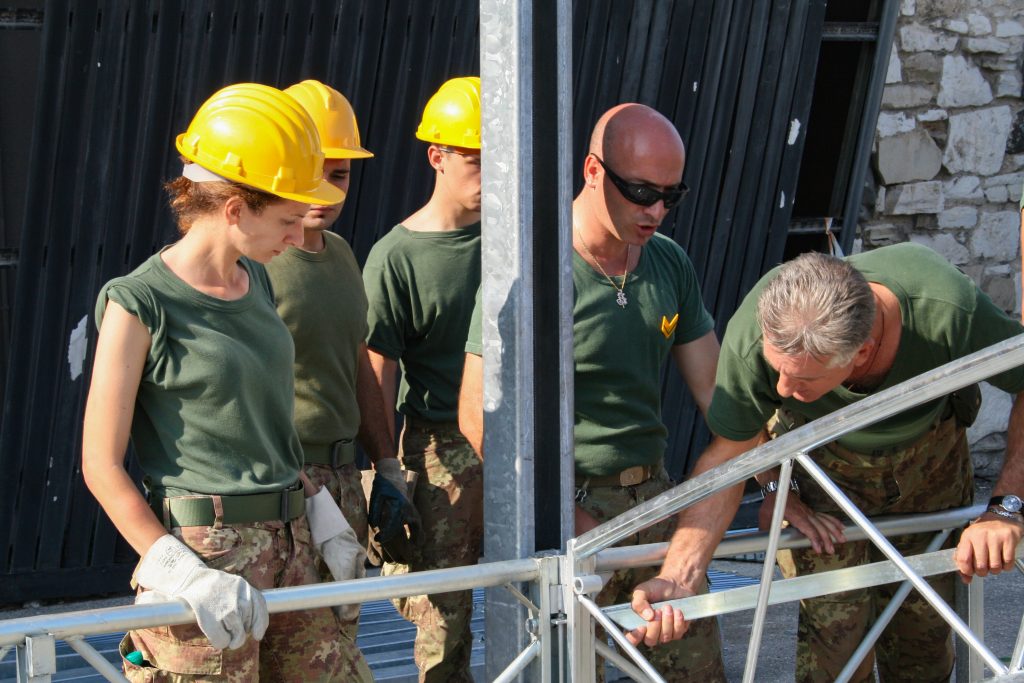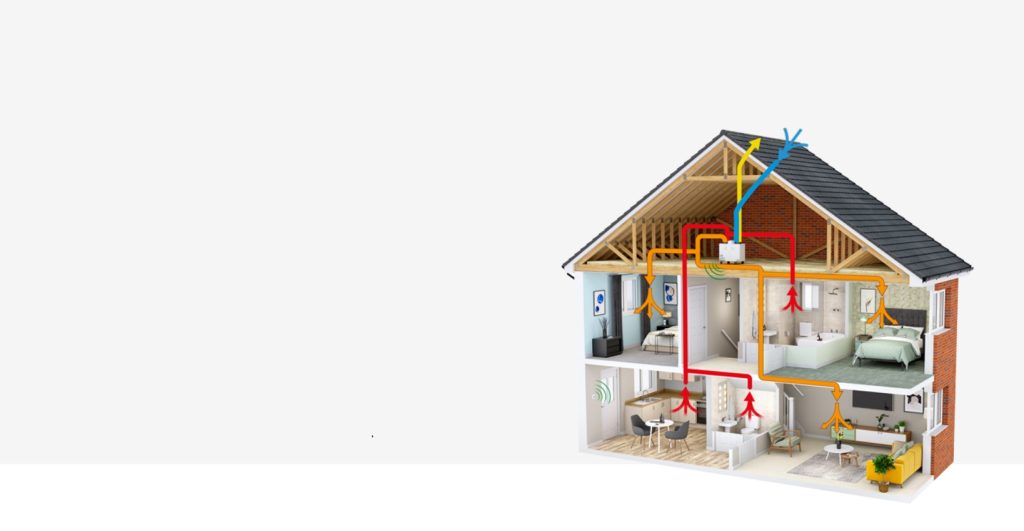Comeback king
The humble brick has never been more in demand, if we are to judge by the number of column inches dedicated to it in recent times.
This is in stark contrast to 2008, when the recession caused a significant decline in the demand for bricks, as the construction industry slowed down and new housing developments dwindled. In response, many brick manufacturers mothballed their brickworks, however this year has seen a resurgence, with some starting to re-open – Hanson re-opened its Accrington site after seven years in January, and Wienerberger re-opened its Ewhurst site in March.
The increase in housebuilding has been seen as one of the main catalysts for the brick comeback, led in part by the Help to Buy scheme. The Government’s recent commitment to build 200,000 homes a year has also been seen by some as a stimulus for brick demand and production.
Meeting needs
The Brick Development Association says the latest figures published by the Office for National Statistics show that brick production in the UK has responded to the sudden surge in demand.
According to the figures released in August, brick production has increased by nearly 7%, compared with the same period last year. Stock levels have also grown to nearly 450 million, a 33% rise in comparison to the stock levels at the first half of 2014.
The UK’s brick stocks had plummeted by more than half over the past few years, falling from 702 million bricks in 2010 to 349 million last year.
The Bee Brick, manufactured by Green&Blue, provides a habitat for bees and is ideal for use in urban spaces and places where there may not be alternative nesting sites
The demand for bricks has been widely reported to be outstripping supply, however Simon Hay, CEO of the Brick Development Association says that this is not the case. “There is no brick shortage – the figures people are quoting are 18 months out of date. At the low point in 2010 we produced 1.4 billion bricks, in 2014 it was 1.8 billion and by the end of 2015 we hope to have produced two billion,” he said.
However, many have argued that the shortage of bricks and bricklayers could threaten housebuilding targets and cause an increase in the price of bricks. Michelmersh Brick Holdings reported in July that the average selling price for its bricks for the first half of 2015 was £422 per thousand, compared to £387 per thousand in the same period last year.
Whatever the truth of the matter is, bricks are very much back in demand across the construction industry. However, it is also worth noting that brick has experienced a revival in popularity with many architects, with the material being specified for some of UK architecture’s most exciting recent projects.
Back in vogue
The trend for the traditional building product has been demonstrated by the red brick-built Whitworth building’s inclusion in the shortlist for the 2015 RIBA Stirling Prize and last year’s winner, Liverpool’s Everyman Theatre, which combined modern design with traditional materials, including an auditorium made from 25,000 reclaimed bricks.
“In public projects there has been a fashion for blue, grey or black bricks, but more recently we have seen a move back to red bricks, for example in the Stirling Prize-nominated Whitworth building, which should filter down the chain to the smaller projects,” commented Hay.
To capitalise on the growing popularity, many brick manufacturers are producing more colour variations, shapes and sizes of bricks or ‘specials’ as they are referred to in the industry. Handmade bricks have also experienced a surge in popularity.
“Handmade bricks are the industry’s equivalent of craft beer, a bit more of a speciality,” explained Hay.
Traditional methods
However, some brick manufacturers, like H.G. Matthews, have chosen to specialise in traditional brickmaking, aiming to revive the “almost lost art” of handmade wood-fired bricks. The company produces a range of bricks, fired in open clamps, using wood as the fuel. This method of production dates back to the 18th century and produces subtle colour variations and glazing, designed to match historic buildings.
The bricks are fired in traditional wood-fired kilns. Each kiln uses over 50 tonnes of logs per firing and has 14 fires which need to be fed by hand every hour. The firing is continuous and lasts for four days with two people required to shovel and feed wood into the fire. The technique is now being used to create over 500,000 bricks each year at the Brickworks in Buckinghamshire and is attracting interest from overseas.
“Due to the unique colours and shades of the hand-made wood-fired bricks, we are seeing increased demand from those developing high-end residential new builds looking to recreate that authentic look. Countries around the world are sharing in this desire for bricks made in the traditional way,” Jim Matthews, managing director at H.G. Matthews, explains.
The company also specialises in glazed bricks, which it says were an accidental by-product of early firing methods for hundreds of years, but grew to become a decorative enhancement to brickwork. H.G. Matthews is now making these bricks in commercial quantities, along with glazed headers and salt glazed bricks. The benefits of building with brick are not only aesthetic, according to Simon Hay, but are inherently suited to the UK’s weather, “providing colour and warmth to our damp climate.”
“You can do what you want with bricks because they are small and modular. They are also economical, durable and inexpensive, as well as long lasting compared to timber and render, which has to be re-done every 20 years,” added Hay.
There is also a lot that can be incorporated into brickwork. H.G. Matthews said it has received a number of requests for glass bottles to be moulded into bricks, and Cornish company Green&Blue recently launched the Bee Brick, a brick which doubles as a habitat for bees. Manufacturer Timloc also recently launched a duct to airbrick adapter that is built in as part of the brickwork package and enables ceiling duct extraction connections.
The trend for traditional materials, as well as the general increase in housebuilding, may have led to the spike in popularity for bricks, but perhaps it is the variety and technology that can be incorporated into brickwork that could lead to its continued upward trajectory.




















